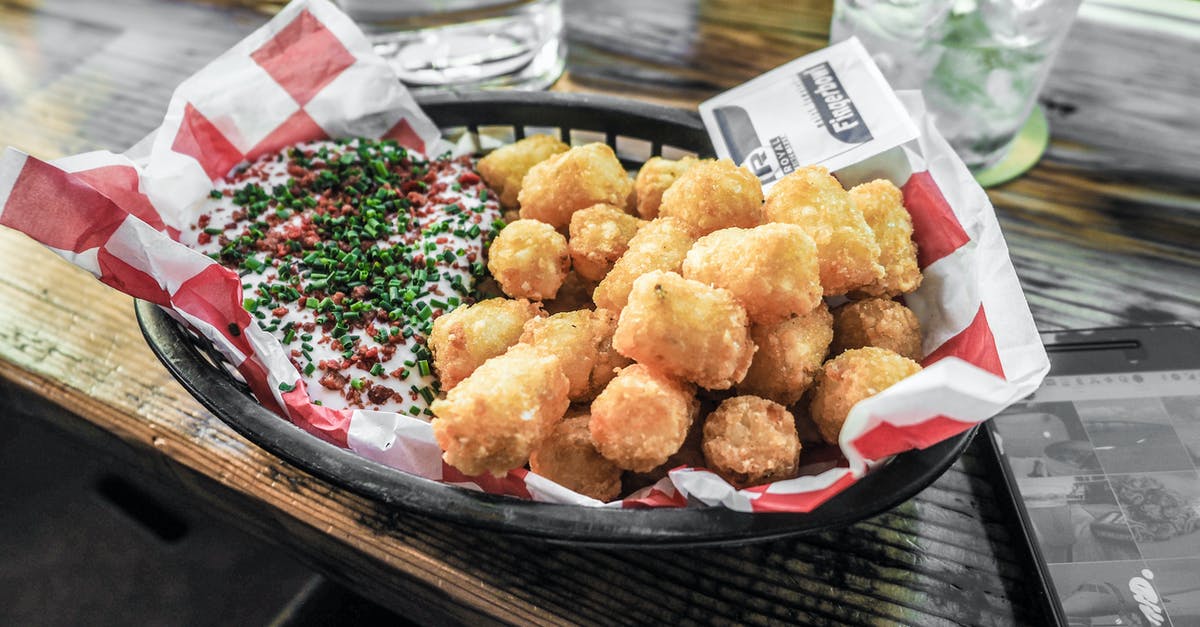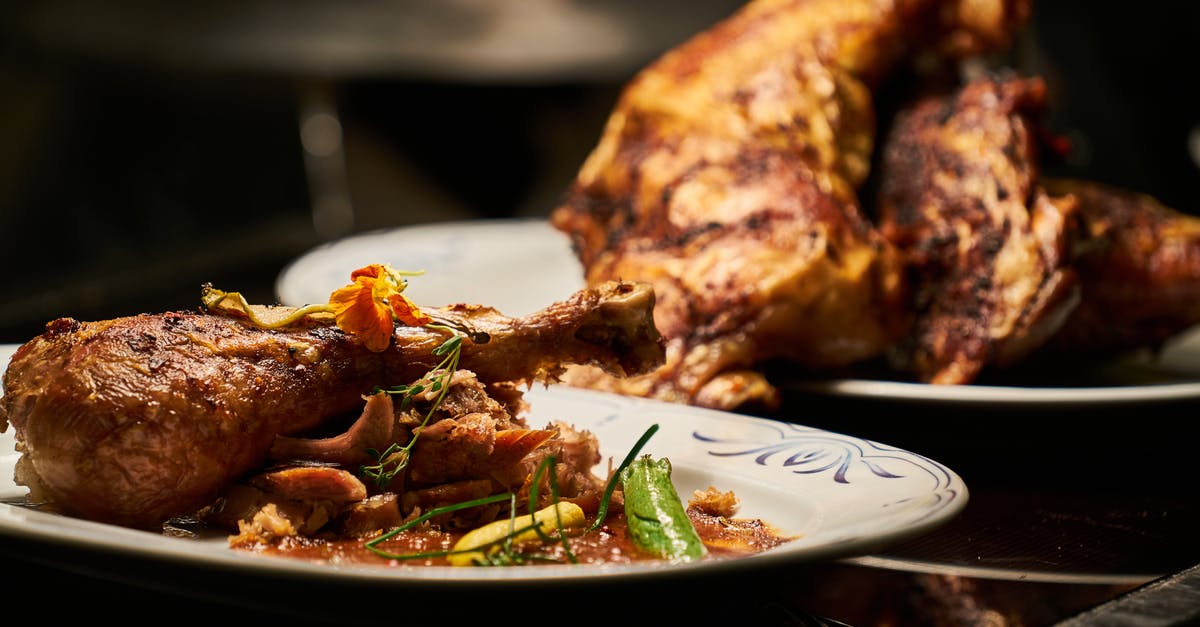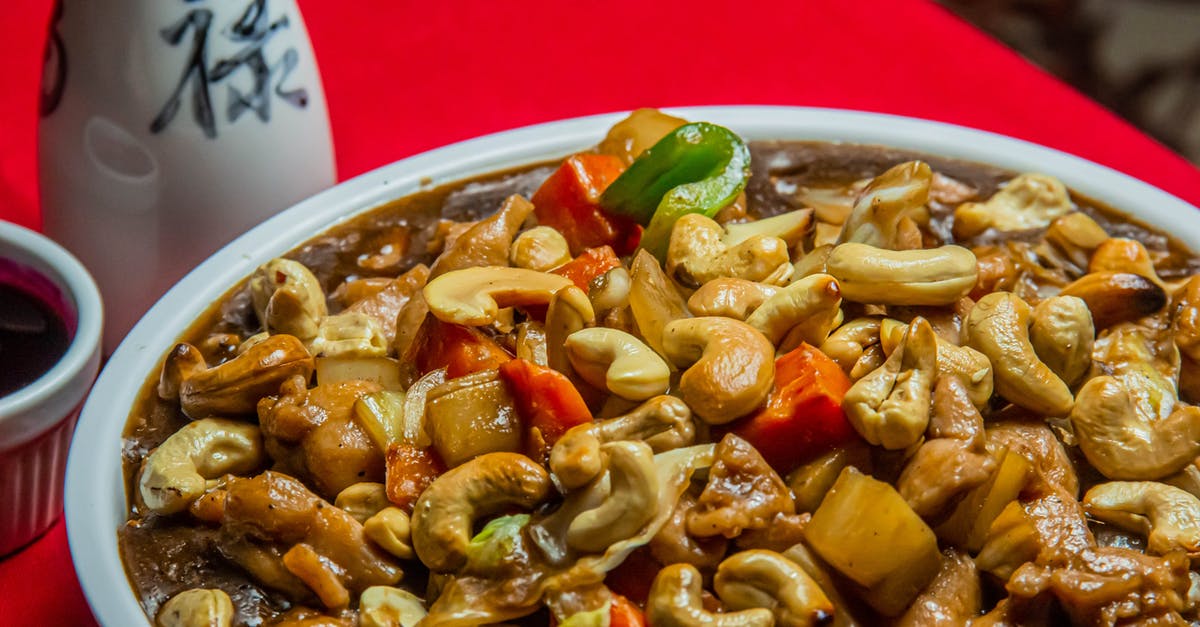Possible internal contamination from soaking or scalding slaughtered chicken in hot water to ease plucking

I understand that a slaughtered chicken may become externally contaminated due to the impurities present in water.
Over the course of a processing day and despite scald tank temperatures of 50-60C, the water in scald tanks can become contaminated with salmonellas and campylobacters as a consequence of involuntary defaecation (Humphrey and Lanning, 1987; Mulder et al., 1978). The bacterial load of the tank water can also be increased by microorganisms present on the feathers and skin of the birds (Mulder et al., 1978; Berndtson et al., 1992; Kotula et al., 1995; Q22-Q28 Q23-Q29) Kotula and colleagues (1995) report more than seven logs CFU/ml of rinse for both campylobacters and salmonella on some carcasses immediately before scalding. When a carcass enters the scald tank, it is not unusual for water to be inhaled into the lungs (Thomson and Kotula, 1959). If there is contamination present in the scald tank water and blood is still circulating in the carcass, bacteria can be transported by the circulatory system into internal organs and muscles.
Source: http://www.ukmeat.org/FSAMeat/PoultryScalding.htm
I am not talking about contaminations like the above. I am asking about any possible internal contamination.
During scalding, do you think that the water is hot enough, or the process is long enough, to substantially increase a whole chicken's core temperature, and to actually start some internal body process (metabolism perhaps)? Since evisceration is yet to be done, are there any chances of the organ walls breaking down and leeching filth into the meat? Is it possible for the filth to escape the organs and permeate the meat? We are assuming the organs themselves are neither punctured nor torn.
I may be talking about a very remote possibility, but I really need to know this.
Best Answer
Are you looking to do this for industrial purposes? Or are you just doing this at home? Also, what is your major concern - putrid water getting into the lungs and growing from there? The water should be hot enough to kill most bacteria at boiling after a relatively short exposure (anything from defecation or exposed on the feathers).
As for internal temperature, at a small home scale, I don't think it's that big of a deal. Whenever we slaughtered our chickens we always scalded them to remove the feathers, and never had any issue. Same with the hogs (removing hair).
Anything which may get kicked off internally should be halted/paused relatively quickly by proper sanitation and food prep techniques after plucking. If you are cooking the bird right away, you shouldn't have any issue because it would take awhile at room temperature for most bacteria to really start working their mojo. Assuming you slaughter, scald, defeather, clean, and then do whatever butchering is necessary (if any), you're talking about an hour to an hour and a half (generously). Afterwards, it'll go in a freezer or a refrigerator (both of which will slow the metabolism of any bacteria), or a pan (which will kill the bacteria using proper cooking techniques). There simply shouldn't be enough time IMHO. Now, I wouldn't let the bird sit around for a few hours, but that's pretty common sense.
Pictures about "Possible internal contamination from soaking or scalding slaughtered chicken in hot water to ease plucking"



Why do you think scalding of poultry with hot water is necessary before plucking?
Temperatures in the range of 50 to 52 \xb0C ('soft' scalding) are necessary for chicken carcasses that will be air-chilled, because higher temperatures would affect the cuticle and cause it to be partially removed during plucking.What is the importance of having the right temperature of boiling water in scalding an animal?
The selection of time and temperature is very important during scalding, because it must reflect the microbial load, level of muscle degeneration, colour of carcass, temperature of carcass, cooking characteristics and appearance of skin.Why should we not keep the bird long in hot water when scalded?
1999). Birds slaughtered for display should be scalded in this way to improve the appearance of the carcass, since water that is too hot will cause the outer layer of skin to loosen or be lost. Such loss also results in the loss of some yellow pigment from the skin. 2.What is chicken scalding?
A chicken is scalded by dunking it up and down in hot water. Such action serves to loosen the feathers so the bird plucks easily. Proper scalding of your chickens is critically important for plucking success and satisfaction.Chicken Feather Plucking 30 Seconds | How Hot Should Scalding Water Be | Chicken Processing Machine
Sources: Stack Exchange - This article follows the attribution requirements of Stack Exchange and is licensed under CC BY-SA 3.0.
Images: Jer Chung, Engin Akyurt, Karolina Grabowska, Horizon Content
